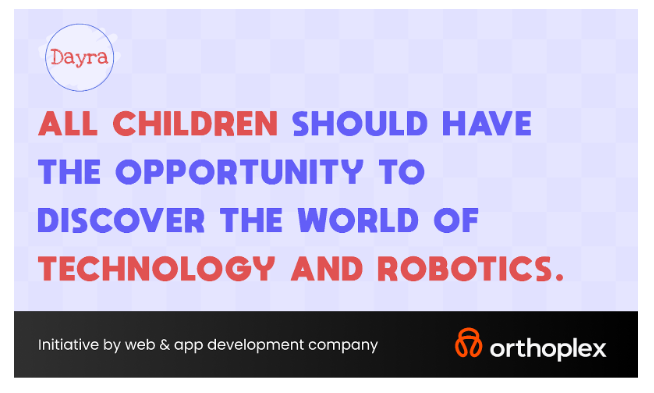Nurturing Mental Well-being in the Corporate Landscape

Recognizing the significance of mental health in the workplace is not just a compassionate consideration; it’s a strategic necessity. Employees’ mental well-being directly correlates with their productivity, job satisfaction, and overall organizational success but approaching the right counseling.
This blog delves into the critical aspects of mental health in the workplace, exploring its importance, challenges, and practical strategies for creating a mentally healthy work environment.
The Importance of Mental Health in the Workplace:
Mental health is more than just the absence of mental illnesses; it encompasses emotional, psychological, and social well-being. In the workplace, prioritizing mental health while consulting a professional psychologist is crucial for several reasons.
1. Productivity and Performance:
A mentally healthy workforce is a productive workforce. When employees feel supported and mentally well, they are more likely to be engaged and focused, and deliver their best work. Conversely, untreated mental health issues can lead to decreased concentration, absenteeism, and a decline in overall performance.
2. Employee Retention and Satisfaction:
A workplace that prioritizes mental health becomes a magnet for top talent and retains existing employees. Job satisfaction is closely tied to mental well-being, and employees are more likely to stay with organizations that demonstrate a genuine commitment to their mental health.
3. Reducing Stigma and Fostering Inclusivity:
Openly addressing mental health concerns helps reduce the stigma associated with them. Creating a supportive environment promotes inclusivity, allowing employees to feel comfortable discussing their mental health without fear of judgment.
Challenges in Addressing Mental Health in the Workplace:
Despite the growing awareness of mental health issues, challenges persist in effectively addressing them within the workplace.
1. Stigma and Discrimination:
The stigma surrounding mental health is a significant barrier to creating a supportive workplace. Employees may fear discrimination or negative repercussions if they disclose their mental health struggles, leading to reluctance to seek help.
2. Lack of Awareness and Understanding:
Many workplaces still lack a comprehensive understanding and awareness of mental health issues. This can result in a failure to recognize the signs, provide appropriate support, or implement preventive measures.
3. Workplace Stressors:
High-pressure work environments, unrealistic expectations, and a lack of work-life balance contribute to stress, anxiety, and burnout. Identifying and mitigating these stressors is crucial for maintaining a mentally healthy workplace.
Strategies for Fostering Mental Health in the Workplace:
Addressing mental health in the workplace requires a multifaceted approach that combines policy changes, cultural shifts, and individual well-being initiatives.
1. Implement Mental Health Policies:
Organizations should establish clear and comprehensive mental health policies that prioritize employee well-being. This includes offering mental health days, flexible work schedules, and access to professional counseling services.
2. Promote a Positive Work Culture:
Cultivate a work culture that values open communication, empathy, and collaboration. Encourage leaders to model healthy behaviors and create an atmosphere where employees feel comfortable discussing mental health concerns.
3. Provide Mental Health Resources:
Ensure employees have access to mental health resources, such as counseling services with the right psychologist, support groups, and educational materials. Proactively share information about available resources to reduce barriers to seeking help.
4. Training and Education:
Conduct mental health awareness training for employees at all levels. This can help destigmatize mental health issues, increase understanding, and provide tools for supporting colleagues.
5. Flexible Work Arrangements:
Recognize the importance of work-life balance by offering flexible work arrangements. This can include options for remote work, flexible hours, and compressed workweeks, allowing employees to better manage their stress and responsibilities.
6. Regular Check-ins and Feedback:
Establish regular check-ins between employees and their supervisors to discuss workload, career development, and well-being. Encourage open dialogue and provide constructive feedback to foster a supportive relationship.
End Note
Prioritizing mental health in the workplace is not just a moral obligation; it’s an investment in the overall success of an organization. A mentally healthy workforce is more resilient, innovative, and engaged, contributing to a positive and thriving workplace culture. By addressing challenges, implementing supportive policies, and fostering a culture of empathy, organizations can play a pivotal role in nurturing the mental well-being of their employees. In doing so, they not only create a healthier workplace but also contribute to a broader societal shift towards recognizing and valuing mental health.



